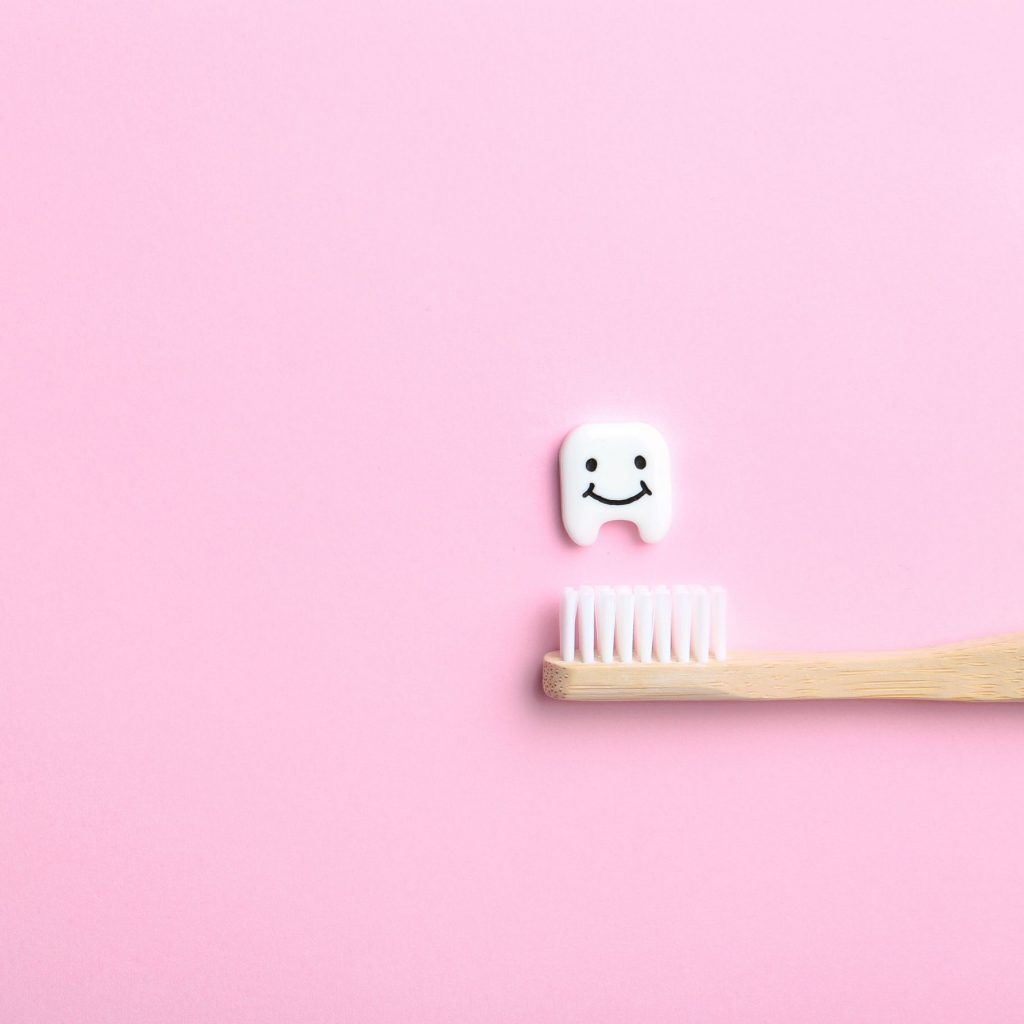How Can I Protect My Child’s Tooth Enamel? Here Are 5 Sure-Fire Steps.
October 9, 2018

The first line of protection for your child’s teeth is the enamel, which is the white, visible part of the tooth. It’s also hardest substance in the human body, and yet it takes a lot of abuse. Enamel can crack, chip and wear away. What steps can you take to protect your child’s enamel?
Use a soft toothbrush. While we may be tempted to use a toothbrush with hard bristles, thinking that a stiff bristle will be better and cleaning teeth, the best choice is one that provides more gentle care. Additionally, children often use more force than needed when brushing their teeth. This can be damaging to sensitive gum tissue and only serves to wear down precious enamel.
Limit starchy foods. While we all understand that certain starchy foods like potato chips and french fries aren’t always the healthiest choices, we don’t often associate these foods as being bad for teeth. Interestingly, starch turns to sugar so quickly that it raises blood glucose levels even faster than table sugar. The sugar produced by starchy foods feeds bacteria that act as microscopic jack-hammers on your child’s enamel.
Don’t forget the cheese. Cheese truly is a dental powerhouse. Dairy neutralizes acid, contains calcium and a protein called casein which acts as an enamel protector. Cheese is a great choice for an afterschool snack.
Drink water after meals. Drinking water shortly after eating is an excellent way to quickly wash away some of the food that lingers on and between the teeth. Even having children simply rinse their mouths with water after meals has been shown to be an effective way to protect enamel.
Avoid “whitening” toothpastes. Toothpaste made specifically for children if often the best choice when deciding what they should brush with. Not only are flavors often more kid friendly, but they generally don’t carry the harsh abrasives that many whitening toothpastes have. These abrasives can act line sandpaper by wearing down the enamel on young teeth. Remember, any toothpaste you choose should always carry the ADA’s seal of approval.




